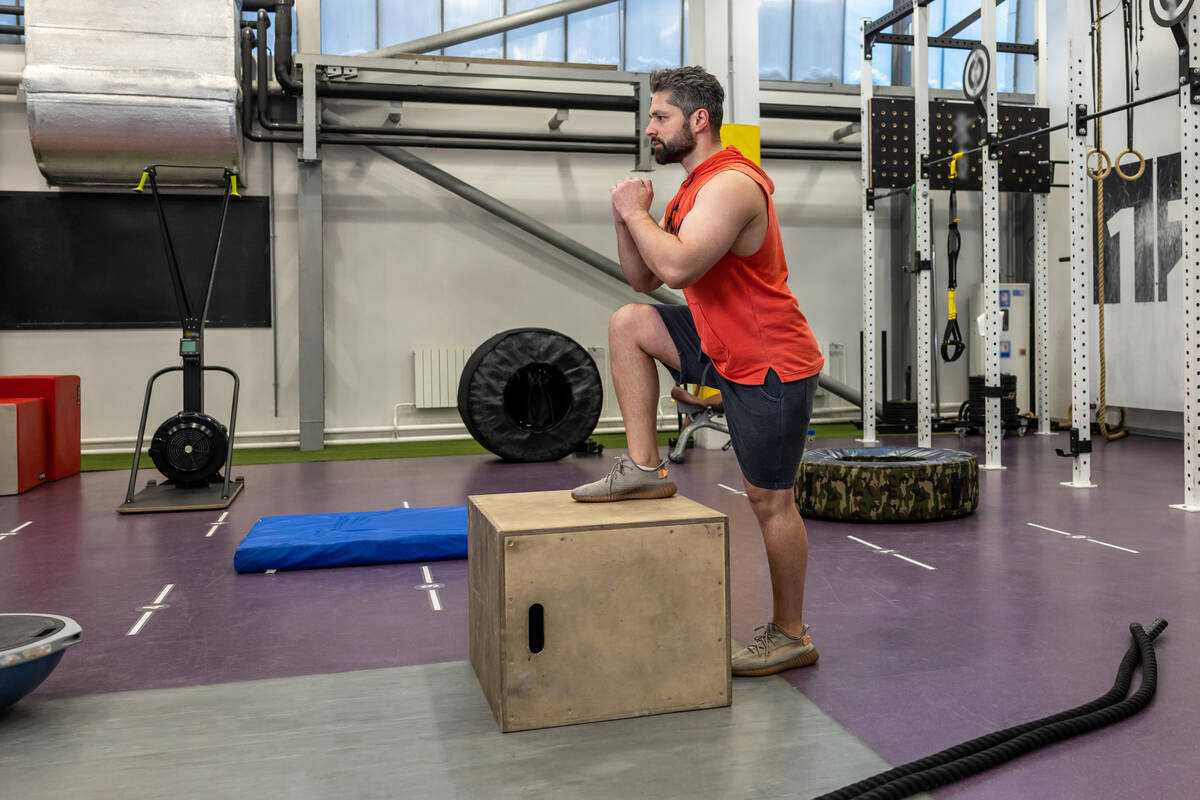3 exercises to strengthen your glute muscles
Training the glute muscles for more than aesthetics has recently grown in popularity outside the ranks of bodybuilders, athletes and social media influencers.
The glutes are essentially the buttocks and include the gluteus maximus, gluteus medius and gluteus minimus. They are the largest hip extensors in our bodies. Along with extension of the hip, they affect mobility and stability of the hip capsule, provide proper tracking of the knee and aid in reducing stress on the lower back and hamstrings.
Decades ago, renowned physical therapist Vladimir Janda noticed certain patterns in patients with back pain. Specifically, these patients showed signs of inhibited, weak glutes.
Data from a 2013 study by researcher Dr. Stuart McGill gave rise to the term glute amnesia for inhibited, weak glutes. This study monitored glute activation while participants performed glute bridge exercises. They then performed a therapeutic procedure called capsular distension arthrogram that created pain in the hip area. The researchers immediately retested and observed diminished glute activity.
The common misconception is that the glutes “turn off” when exposed to pain. They never turn off, but rather experience a decrease in neural drive from the brain, a process called arthrogenic neuromuscular inhibition.
To maintain a pain-free and healthy lifestyle, everyone should include some form of glute training in their exercise regimen. Here are a few exercises to consider adding to your workouts.
■ Supine single-leg hip extension: One of the best exercises you can perform is the single leg bridge. Since most people demonstrate asymmetries throughout their body, I recommend that you perform this exercise one leg at a time to maximize glute engagement.
Lie on the ground and draw one leg close to your abdominals by holding the knee. (If you experience knee discomfort, you can hold behind the knee.)
The purpose for drawing in and holding the nonbridging leg is to ensure that the hip extends the hip flexors and not the lower back. It’s a common error to lift oneself off the ground by arching the lower back and performing extension of the spine.
Start the movement by driving the hips off the ground by pressing the heel into the ground. Because many people tend to be quadriceps dominant and have tight and shortened hip flexors, I recommend the emphasis on driving through the heel.
Complete eight to 10 repetitions on each leg for a total of three sets.
■ Loaded marches: Holding either a dumbbell or kettlebell in front of the chest, perform a standing march in place. Maintain a tall posture and avoid flexing at the hip as you draw a single leg into a flexed knee position.
Provide a static pause and hold for one to two seconds before lowering and alternating to the other leg.
This exercise trains the mobility of the anterior hip capsule as you draw a leg up, while safely and effectively demanding hip stability from the other leg.
Complete eight to 10 repetitions for three sets. Challenge the height of the knee as you march and execute a slow and controlled tempo.
■ Step-ups: While holding two dumbbells, step up onto a stable platform or box. For safety, perform your initial set of 10 repetitions without load.
Maintain good posture throughout the movement, and keep the whole foot securely on the platform as you step up, making sure to extend the hip at the top of the drill.
Avoid using too much load, and perform 10 to 12 repetitions on each leg for three sets.
Doug Sheppard is a certified personal trainer with 33 years of experience and the owner of J&D Fitness Personal Training in Las Vegas.


















